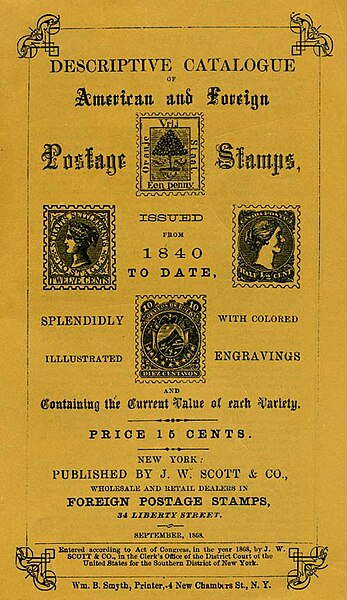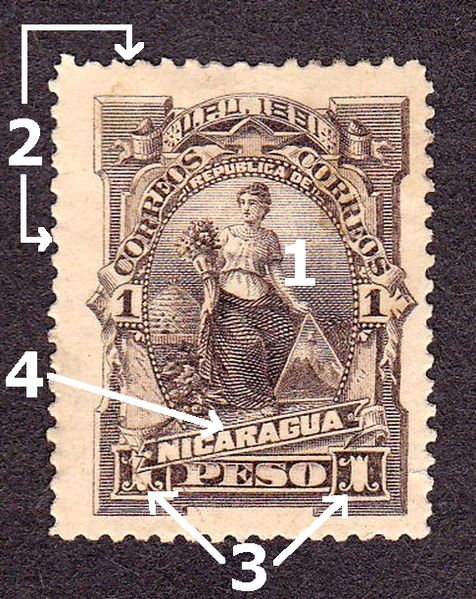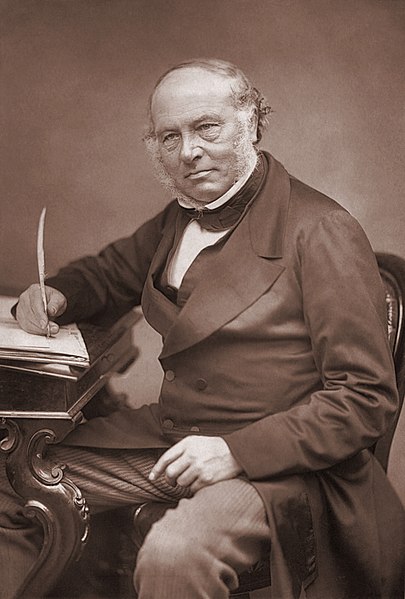The Scott catalogue of postage stamps, published by Scott Publishing Company, now a subsidiary of Amos Media, is updated annually and lists all the stamps of the world that its editors recognize as issued for postal purposes. It is published in fourteen large volumes that include twelve volumes containing all the countries of the world that have ever issued postage stamps, the United States Specialized Catalog, and the 1840–1940 Classic Specialized Catalogue. The numbering system used by Scott to identify stamps is dominant among stamp collectors in the United States, Canada and Mexico.
Cover of the first Scott catalog, 1868
A small excerpt from 1910s Bolivia; each stamp includes the Scott number, design, denomination, color, unused and used prices, and additional annotations as needed. As the "1917" appearing before "1913" suggests, related stamps are sometimes grouped logically rather than numbered strictly chronologically.
Scott Stamp & Coin Company, 1893
Covers of the 2002 edition featured art on stamps
A postage stamp is a small piece of paper issued by a post office, postal administration, or other authorized vendors to customers who pay postage. Then the stamp is affixed to the face or address-side of any item of mail—an envelope or other postal cover —which they wish to send. The item is then processed by the postal system, where a postmark or cancellation mark—in modern usage indicating date and point of origin of mailing—is applied to the stamp and its left and right sides to prevent its reuse. Next the item is delivered to its addressee.
The main components of a stamp: 1. Image 2. Perforations 3. Denomination 4. Country name
Lovrenc Košir, 1870s
Rowland Hill
The Penny Black, the world's first postage stamp (1 May 1840)








